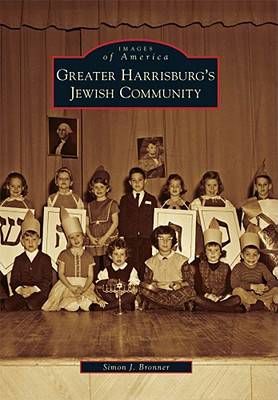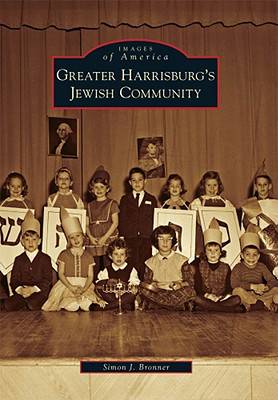
- Afhalen na 1 uur in een winkel met voorraad
- Gratis thuislevering in België vanaf € 30
- Ruim aanbod met 7 miljoen producten
- Afhalen na 1 uur in een winkel met voorraad
- Gratis thuislevering in België vanaf € 30
- Ruim aanbod met 7 miljoen producten
Zoeken
€ 34,95
+ 69 punten
Omschrijving
The Jewish community of Greater Harrisburg became established after 1825, mostly by German immigrants who took up peddling and clothing trades. They were attracted inland from East Coast cities to Harrisburg, the growing upriver hub of trade that became Pennsylvania's state capital in 1812. The community grew to 600 residents by the end of the 19th century and drew attention for a level of civic engagement well beyond that of comparably sized settlements. Immigration from eastern Europe in the early 20th century contributed to a tenfold increase of the Jewish population and a changing ethnic and commercial profile. In the years that followed, the community added an impressive range of institutions and continued to have a reputation for activism. Emerging as the hub of Jewish life in central Pennsylvania, the community produced internationally renowned figures in Jewish affairs, business, and arts.
Specificaties
Betrokkenen
- Auteur(s):
- Uitgeverij:
Inhoud
- Aantal bladzijden:
- 128
- Taal:
- Engels
- Reeks:
Eigenschappen
- Productcode (EAN):
- 9780738573137
- Verschijningsdatum:
- 19/07/2010
- Uitvoering:
- Paperback
- Formaat:
- Trade paperback (VS)
- Afmetingen:
- 163 mm x 234 mm
- Gewicht:
- 312 g

Alleen bij Standaard Boekhandel
+ 69 punten op je klantenkaart van Standaard Boekhandel
Beoordelingen
We publiceren alleen reviews die voldoen aan de voorwaarden voor reviews. Bekijk onze voorwaarden voor reviews.








